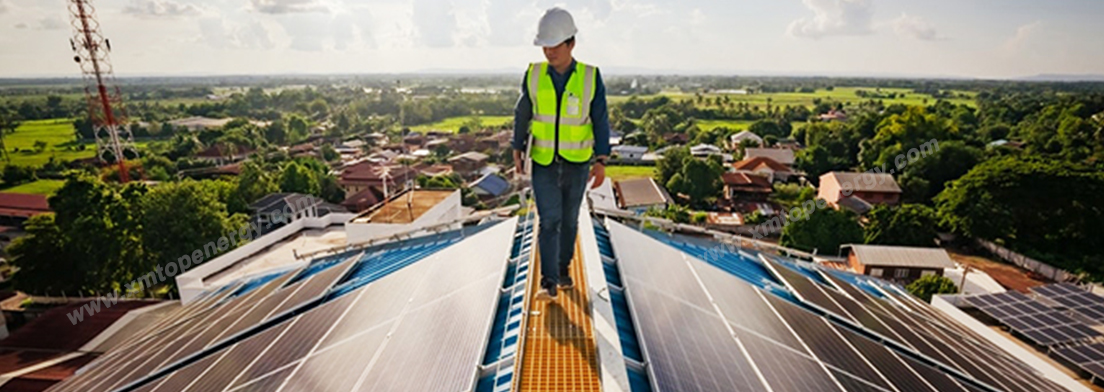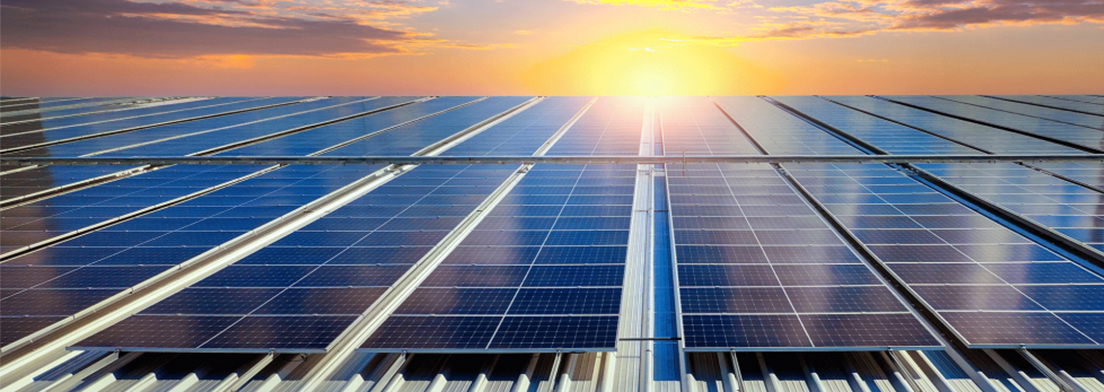Solar roof installations are an excellent way to harness renewable energy and reduce electricity costs. However, one of the most common concerns homeowners face is the potential for water leakage. Improper installation or poor maintenance can lead to water seeping into your home, causing damage to the structure and reducing the efficiency of your solar panels. Fortunately, with the right precautions, you can prevent water leakage and ensure your solar roof system operates smoothly for years to come.

1. Choose a Qualified Installer
The first step in preventing water leakage is to hire a reputable and experienced solar installation company. A qualified installer will have the expertise to assess your roof's condition, identify potential risks, and use proper sealing techniques. They will also ensure that the solar mounting system is securely attached without compromising the roof's integrity. Always verify the installer's credentials and ask for references or reviews from previous clients.
2. Inspect and Prepare the Roof
Before installing solar panels, it`scrucial to inspect your roof for any existing damage, such as cracks, loose shingles, or worn-out sealant. Address these issues beforehand to create a solid foundation for the installation. Additionally, consider applying a waterproof underlayment or membrane to provide an extra layer of protection against water infiltration.
3. Use High-Quality Flashing and Sealants
Flashing is a critical component in preventing water leakage around the areas where solar mounts penetrate the roof. High-quality, corrosion-resistant flashing should be used to seal these gaps effectively. Pair this with durable, weatherproof sealants to ensure a watertight barrier. Regularly inspect the flashing and sealants for wear and tear, especially after extreme weather conditions.
4. Ensure Proper Panel Placement
The placement of solar panels plays a significant role in preventing water leakage. Panels should be installed with a slight tilt to allow rainwater to run off smoothly. Avoid placing panels too close to the edges of the roof, as this can create areas where water might pool or seep underneath. Proper spacing and alignment are key to maintaining the solar roof drainage system.
5. Conduct Regular Maintenance
Even with a flawless installation, regular maintenance is essential to prevent water leakage. Schedule periodic inspections to check for loose mounts, damaged sealants, or debris accumulation around the panels. Clean the panels and roof surface to prevent clogs that could lead to water pooling. Early detection of issues can save you from costly repairs down the line.

Preventing water leakage in solar roof installations requires careful planning, quality materials, and ongoing maintenance. By working with a qualified installer, preparing your roof properly, and using reliable sealing techniques, you can enjoy the benefits of solar energy without worrying about water damage. Remember, a well-maintained solar roof not only protects your home but also maximizes the efficiency and lifespan of your solar panels.

 Xiamen TopFence Co.,Ltd.
Xiamen TopFence Co.,Ltd. No. 77, LingXia South Road, Huli District, Xiamen City, Fujian, China
No. 77, LingXia South Road, Huli District, Xiamen City, Fujian, China Tel: +8613365923720
Tel: +8613365923720
 Email: info@xmtopfence.com
Email: info@xmtopfence.com
 IPv6 network supported Sitemap
| XML
| Blog
| Privacy Policy
IPv6 network supported Sitemap
| XML
| Blog
| Privacy Policy


